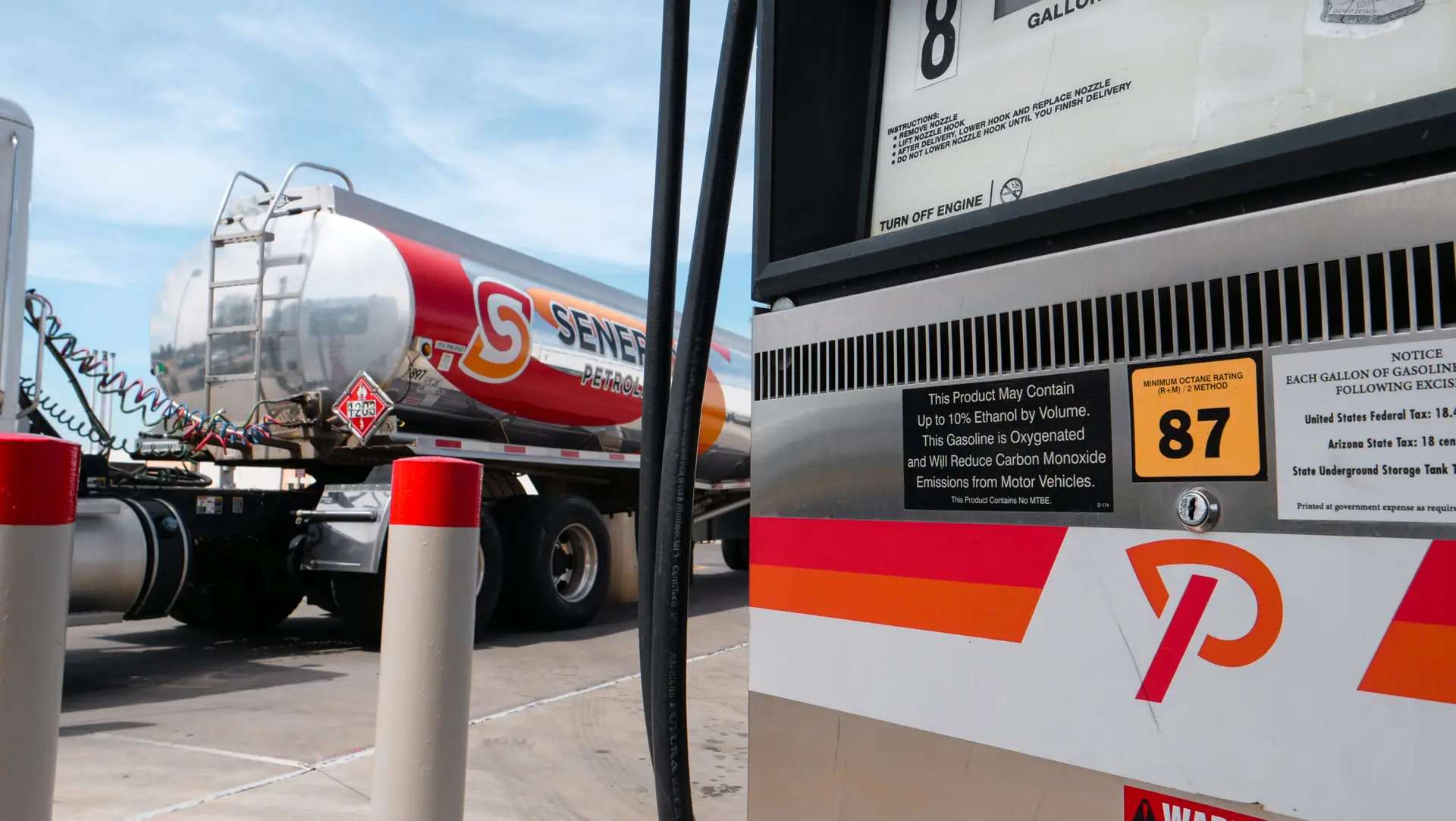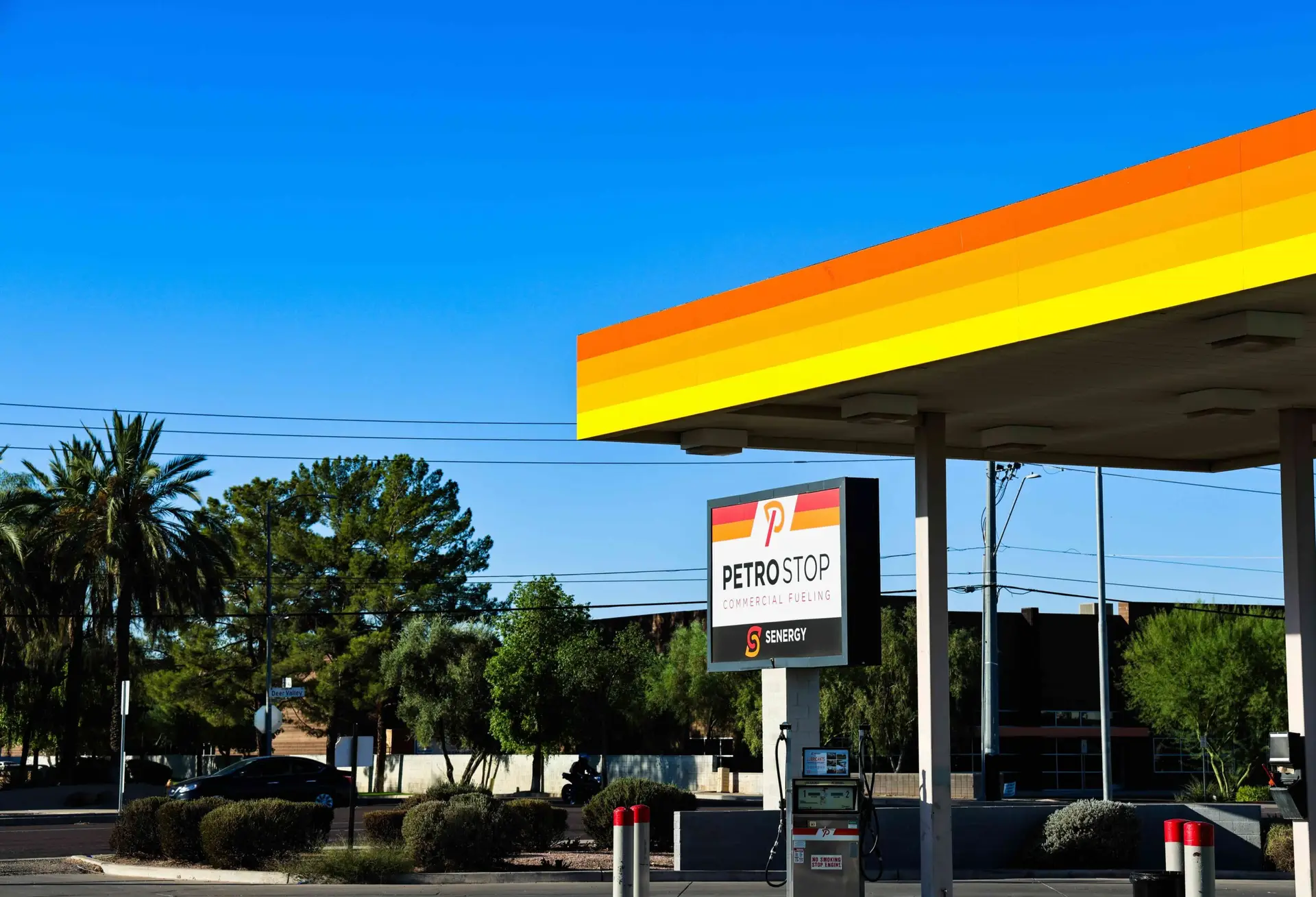Cardlock fueling is like having your own gas station—without the hassle of owning the pumps. Unlike standard gas stations, cardlock stations are designed specifically for businesses and their drivers. These stations typically don’t include attendants or convenience stores. Instead, they focus solely on what commercial fleets need: quick, secure, and traceable access to fuel. Most cardlock cards are linked to a business account, with each card assigned to a specific driver or vehicle. When the card is used, the system records the time, location, fuel volume, and fuel type, creating a real-time fuel report for the entire fleet. Some systems even allow restrictions based on vehicle type or time of day, offering a high level of customization.
By requiring PIN codes or odometer readings before fueling, you can ensure accuracy and prevent misuse. It’s not just about fueling vehicles—it’s about creating a digital fuel record that can be monitored, audited, and optimized for better fleet management.



